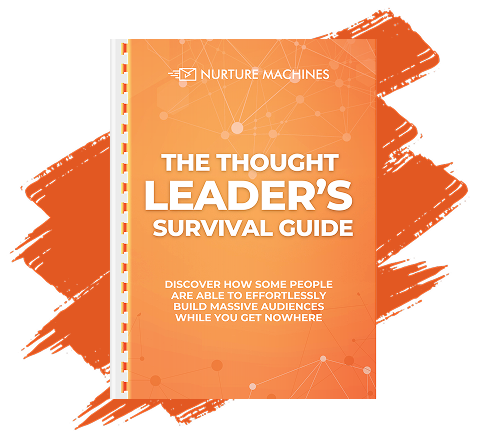Understanding your sales funnel isn’t just about counting leads—it’s about uncovering the moments where interest fades or momentum stalls. For thought leaders, personal brands, and consultants, analyzing performance at every stage of the funnel is key to unlocking consistent growth. From awareness to retention, tracking the right metrics reveals both hidden drop-offs and high-impact opportunities. With the support of automation, behavioral targeting, and real-time analytics, you can optimize each stage with precision. This guide explores how to structure your funnel, apply data-driven strategies, and use advanced tools to drive better results.
Key Takeaways
- Track performance at each sales funnel stage to identify drop-offs and optimize flow
- Balance Customer Acquisition Cost (CAC) and conversion rates for efficient growth
- Use predictive lead scoring to prioritize high-potential prospects
- Automate personalized nurturing based on user behavior and segmentation
- Monitor real-time dashboards and iterate regularly for continuous improvement
What Are the Key Sales Funnel Stages and Metrics to Track?

Understanding the full customer journey requires breaking it into clear stages, each marked by specific behaviors and measurable outcomes. These stages—from Awareness through Retention—offer critical checkpoints to identify drop-offs and assess the effectiveness of marketing efforts. Tracking them helps isolate where leads are lost or converted and informs adjustments that drive growth. Metrics should align with business goals and provide insight into user progression. Awareness is typically measured through impressions and visits, while deeper stages like Consideration or Purchase require conversion data. This structure enables smarter resource allocation and stronger campaign execution. Each metric helps fine-tune strategy and maximize ROI.
Awareness: Impressions, Reach, and Traffic Volume
This stage focuses on visibility—how many people are becoming aware of your product or service. Metrics here include ad impressions, organic traffic, direct visits, and social reach. Tracking the origin of this traffic helps identify your most effective acquisition channels. High impressions with low click-through rates may indicate messaging gaps. Paid traffic should be segmented by source to assess cost efficiency. Awareness-stage analytics guide budget decisions and content focus. Behavior flow and bounce rates further indicate whether messaging encourages deeper engagement. Optimizing this stage strengthens the top of the funnel.
Interest: Engagement and Content Interaction Rates
Engagement is the key signal of moving from passive awareness to active interest. Track time on page, email open rates, and lead magnet downloads. High interaction on educational content can suggest strong alignment with audience needs. Engagement depth indicates intent and readiness for nurturing. Look for patterns in behavior that precede conversion actions. Understanding which formats drive the most response helps refine future campaigns. Email responses, webinar registrations, and video views are additional signals. Tailoring future messaging based on these behaviors improves personalization.
Consideration: Lead Qualification and Funnel Advancement
At this stage, leads evaluate whether your solution fits their needs. Key metrics include demo requests, gated content submissions, and pricing page visits. Marketing-qualified leads (MQLs) and their conversion to sales-qualified leads (SQLs) are central here. A growing MQL pipeline with low SQL rates suggests a targeting or scoring mismatch. Tracking lead source against qualification outcomes enhances campaign targeting. Prioritization can be improved by segmenting leads based on firmographic or behavioral data. Consideration analytics help align marketing and sales for smooth handoffs.
How Do Conversion Rate and Customer Acquisition Cost Impact Funnel Performance?
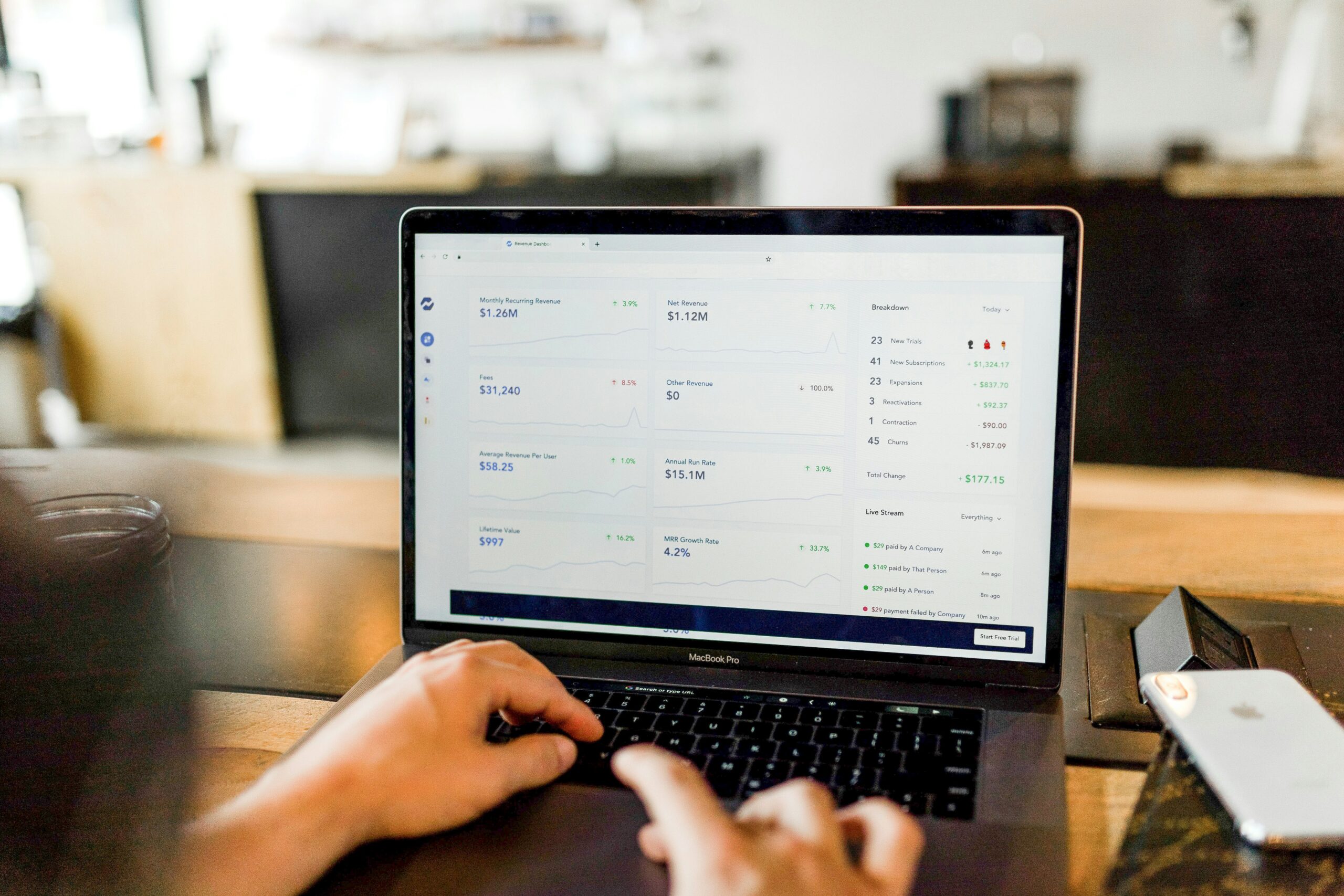
Conversion rate measures how effectively your funnel moves leads from one stage to the next. A low conversion rate signals friction or misalignment, while a high rate shows efficiency. Customer Acquisition Cost (CAC), on the other hand, reveals how much you’re spending to gain each customer. These two metrics must be balanced—high conversions at an unsustainable cost still damage margins. Funnel optimization focuses on increasing conversion while lowering CAC. Comparing CAC across segments helps identify profitable target groups. Funnel analytics should also surface performance by source, campaign, or persona. Together, these metrics shape growth strategy.
Reducing CAC Through Channel Optimization
Start by analyzing spend across acquisition channels and comparing them to conversion outcomes. Identify which sources generate the most qualified leads with the lowest cost. Pause or reallocate budget from underperforming campaigns. Use automation to reduce manual lead handling, cutting labor expenses. Map CAC trends across time to detect seasonality or shifting performance. Use behavioral scoring to reduce wasted outreach on unqualified traffic. Better segmentation ensures messaging matches lead readiness. Lower CAC with stable conversion strengthens profit margins.
Increasing Conversion Rates with Better Alignment
Improving conversion starts with understanding where users hesitate and why. Review content relevance, page structure, and timing of follow-ups. Make onboarding paths intuitive and remove unnecessary friction. Personalize experiences based on user segments, using behavioral cues to guide messaging. Shorten forms or break processes into steps to reduce drop-offs. A/B test visuals and calls to action that resonate with different audiences. Track which variations yield higher advancement between funnel stages. Small conversion lifts at multiple points lead to major gains.
Balancing CAC and Conversion for Scalable Growth
Focus on sustainable growth by monitoring both metrics simultaneously. Avoid over-prioritizing cheap leads that fail to convert or costly channels with high ROI that don’t scale. Build dashboards that compare conversion and CAC by campaign. Use automation to standardize lead handling and increase efficiency. Optimize based on lifecycle stages to prevent overspending on early awareness. Create nurture tracks that lift mid-funnel engagement with minimal new spend. Test continuously to improve performance predictably. Growth depends on coordinated management of both cost and efficiency.
What Role Does Customer Lifetime Value Play in Sales Funnel Analytics?

Customer Lifetime Value (CLV) tells you how much revenue a customer is expected to generate over their relationship with your brand. It helps determine how much you should spend on acquiring and retaining them. Funnel analytics paired with CLV data highlight which lead segments deliver the highest long-term value. This informs budget decisions, sales prioritization, and customer retention strategy. Businesses with high CLV customers can afford more expensive acquisition tactics if returns justify the cost. CLV also uncovers retention opportunities that boost profitability. Segmenting your audience by CLV enables better automation and personalization efforts.
How Do Marketing Automation Tools Support Funnel Tracking and Optimization?
- ActiveCampaign captures email engagement metrics to score leads automatically.
- Marketo tracks multi-channel touchpoints and attributes conversions to campaigns.
- Pardot syncs visitor behavior with Salesforce to trigger stage-specific emails.
Identifying High-Value Customer Segments
Use historical purchase behavior and engagement metrics to group customers by CLV. High-value groups often share common traits—such as lifecycle stage, industry, or channel source. Analyze which campaigns contributed most to acquiring these users. Target similar profiles with higher bidding or dedicated nurture tracks. Create scoring models that predict CLV from early behaviors. Assign higher automation budgets to nurture high-potential leads. Focus support and education efforts on these segments. Tailoring resources around CLV maximizes ROI across the funnel.
Shaping Retention Strategies Based on CLV
Retention strategies should scale with customer value. Prioritize high-CLV users for exclusive content, loyalty perks, and VIP outreach. Use lifecycle automation to time check-ins before churn becomes likely. Customize re-engagement offers based on value contribution and inactivity length. Use satisfaction surveys and feedback loops to detect dissatisfaction early. Map behavior against churn patterns to guide intervention timing. High-value retention increases average deal size and reduces acquisition pressure. CLV-centric retention boosts revenue and strengthens funnel output.
Aligning Acquisition Tactics with Predicted CLV
Not all customers deliver equal long-term value, so acquisition spend should reflect this. Use predictive analytics to estimate CLV at the early funnel stages. Rank leads by expected value and prioritize accordingly. Allocate ad spend to target similar behaviors and firmographics. Use automated workflows to adapt messaging by predicted revenue tier. Continuously refine CLV models with updated purchase and engagement data. Acquisition efficiency improves when tied to future profitability. Aligning acquisition strategy with CLV sustains long-term growth.
What Are the Best Sales Funnel Analytics Tools and Software Available?
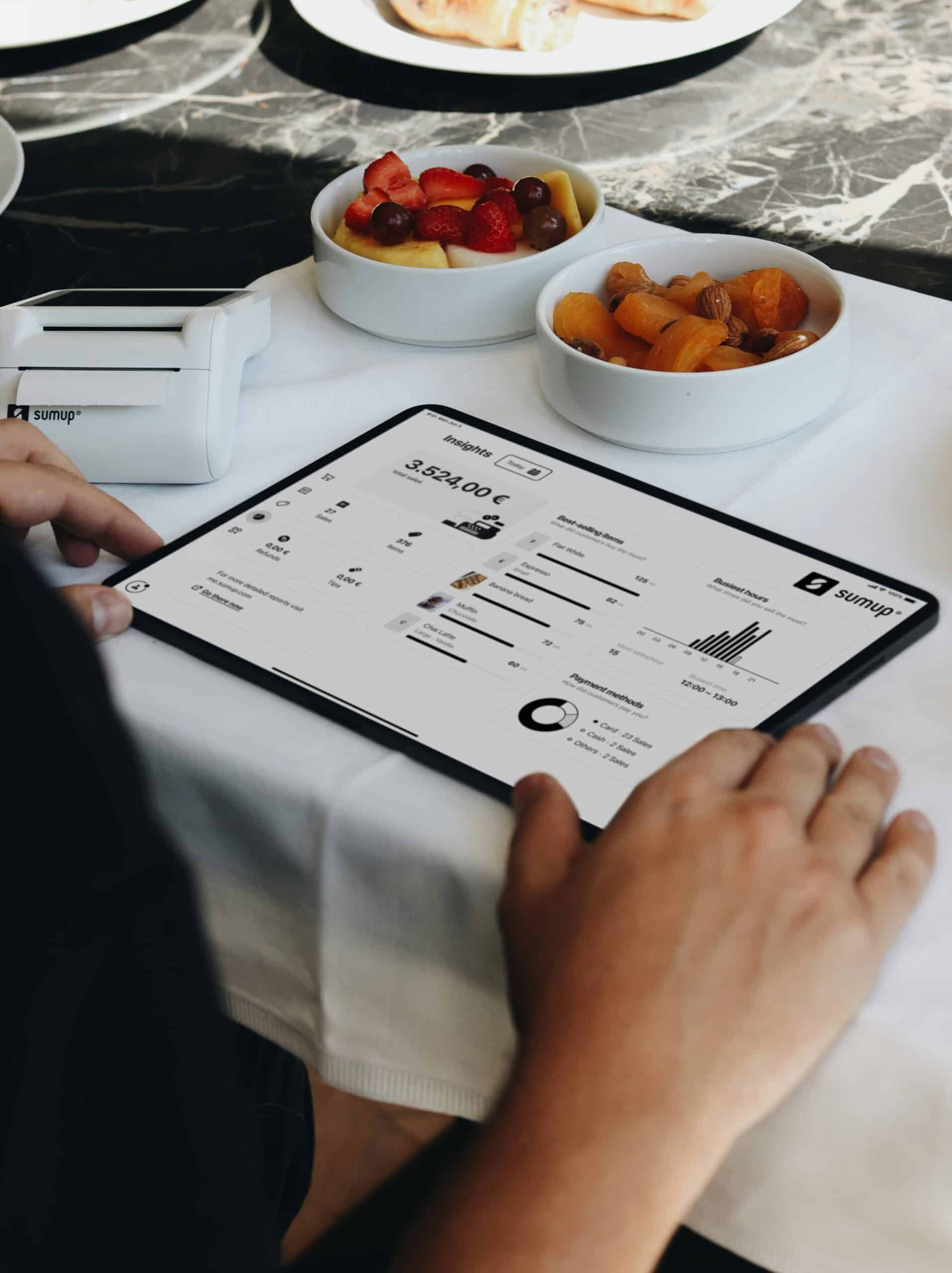
The right tools make sales funnel analytics scalable, actionable, and deeply insightful. Whether you’re tracking conversion rates or segment behavior, analytics software must support real-time visibility, automation triggers, and seamless CRM integration. Choosing a solution depends on your business needs, the complexity of your funnel, and how much customization is required. Some tools offer end-to-end visibility from ad click to renewal, while others specialize in visualization or AI-driven scoring. What matters most is that data flows smoothly and teams can access what they need. Clear dashboards, behavioral insights, and automation-ready outputs are essential. Your tools should make decision-making faster and smarter.
Analytics Platforms That Enable Deep Funnel Insights
Strong analytics platforms offer stage-by-stage visibility into lead behavior and funnel flow. These systems highlight where prospects stall, how segments behave over time, and which actions lead to conversions. Look for tools that allow filtering by source, persona, or campaign to fine-tune messaging. Dashboards should show conversion rates, drop-off percentages, and time-in-stage metrics. Integration with CRM data strengthens insights. Custom alerts can notify teams when KPIs fall below thresholds. Trend tracking helps detect seasonality or audience fatigue. Data transparency enables agile response. A reliable platform turns complexity into clarity.
Marketing Automation Tools That Support Optimization
Marketing automation tools bridge the gap between data and action. These platforms trigger workflows based on user behavior, nurturing leads without constant manual input. Whether it’s sending a targeted email after a pricing page visit or assigning leads based on score thresholds, automation saves time and boosts consistency. Look for systems that allow dynamic content personalization and multi-channel engagement. Built-in analytics track how automated sequences influence funnel movement. Lead scoring models can adapt based on interaction data. Automation also supports retargeting efforts for colder leads. This combination of personalization and timing strengthens funnel flow.
Funnel Visualization Tools That Reveal Behavior Patterns
Visualization tools help transform raw funnel data into intuitive, interactive diagrams. These tools map out each user’s journey, showing exactly where prospects click, drop off, or convert. Visual funnels uncover weak spots that may not be obvious in spreadsheets—like confusing navigation or too many form fields. Filters allow segmentation by device, traffic source, or campaign. Time-on-step overlays reveal friction zones. These insights guide UX improvements, better ad targeting, and testing strategies. Visualization tools also support presentations and stakeholder reporting with digestible graphics. A clear view of behavior leads to smarter design and strategy.
How Can Advanced Sales Funnel Optimization Strategies Increase Conversion Rates?
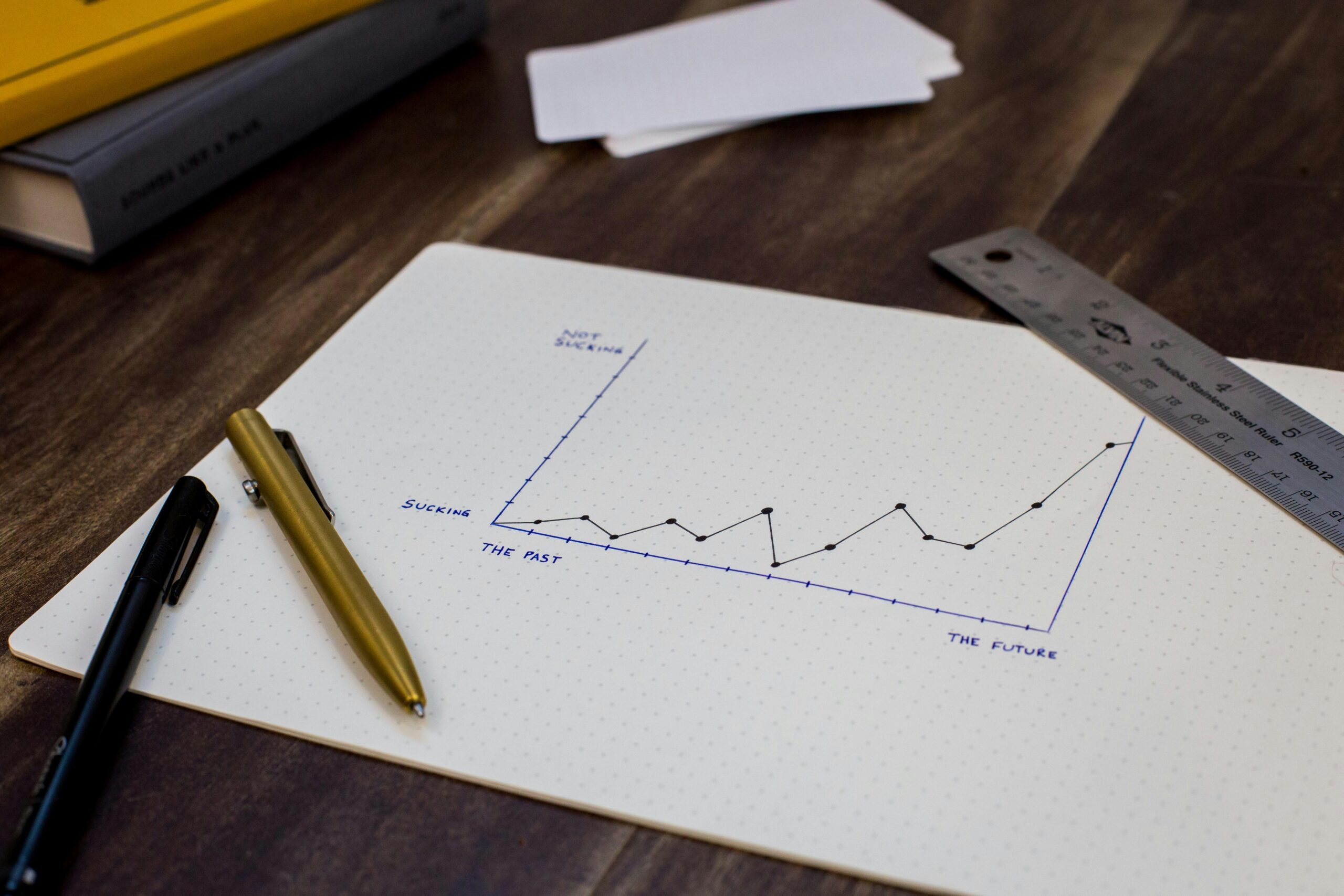
Optimizing the sales funnel goes beyond surface tweaks—it involves data-driven experimentation, behavioral personalization, and iterative refinement at every stage. Modern strategies aim to remove friction, increase relevance, and align messaging with user intent. By personalizing experiences and automating responses, you can lift conversions without scaling ad spend. A/B testing pinpoints effective variations, while segmentation reveals which users need what type of touchpoint. These strategies work together to unlock funnel efficiency. With the right data, insights can trigger proactive improvements instead of reactive patches. Funnel optimization is not a one-time fix—it’s a continuous learning process.
Personalized Nurturing That Matches User Behavior
Behavioral data reveals how prospects interact with content, enabling personalized touchpoints. Triggered emails can follow actions like clicking pricing pages or abandoning forms. Smart segments group users by readiness, allowing for tailored messages that speak to their needs. Dynamic landing pages shift content based on previous visits or traffic source. Automating follow-ups prevents manual errors and ensures timely outreach. Personalization increases engagement by creating relevance. It also improves conversion by addressing objections early. As users progress, workflows should adapt to keep momentum. This strategy builds trust and reduces funnel drop-offs.
A/B Testing to Optimize Messaging and Experience
A/B testing allows you to identify the most effective version of a campaign element through direct comparison. Test subject lines, form lengths, page layouts, or CTA button styles. Small changes often lead to significant performance differences. Structure tests to isolate variables and measure clear outcomes. Track how each variation impacts time on page, click-throughs, or conversions. Over time, compile insights into best practices for each segment. Rotate experiments regularly to prevent stagnation. Document outcomes to inform broader funnel strategies. Iterative testing improves performance systematically, stage by stage.
Data Segmentation to Target Funnel Improvements
Segmenting data uncovers patterns and highlights where funnel performance can improve. Group users by traffic source, device, location, or content interaction. Compare metrics between these segments to pinpoint where conversions fall short. For instance, mobile users may drop off more at form stages—suggesting a need for better design. High-performing segments can inform targeting and messaging for others. Use segment-level reports to prioritize optimization tasks. Create focused A/B tests for underperforming groups. Tailor nurture workflows to meet different user needs. Segment insights drive specific, impactful improvements.
How Does Predictive Sales Analytics Drive Future Growth and Proactive Decision Making?
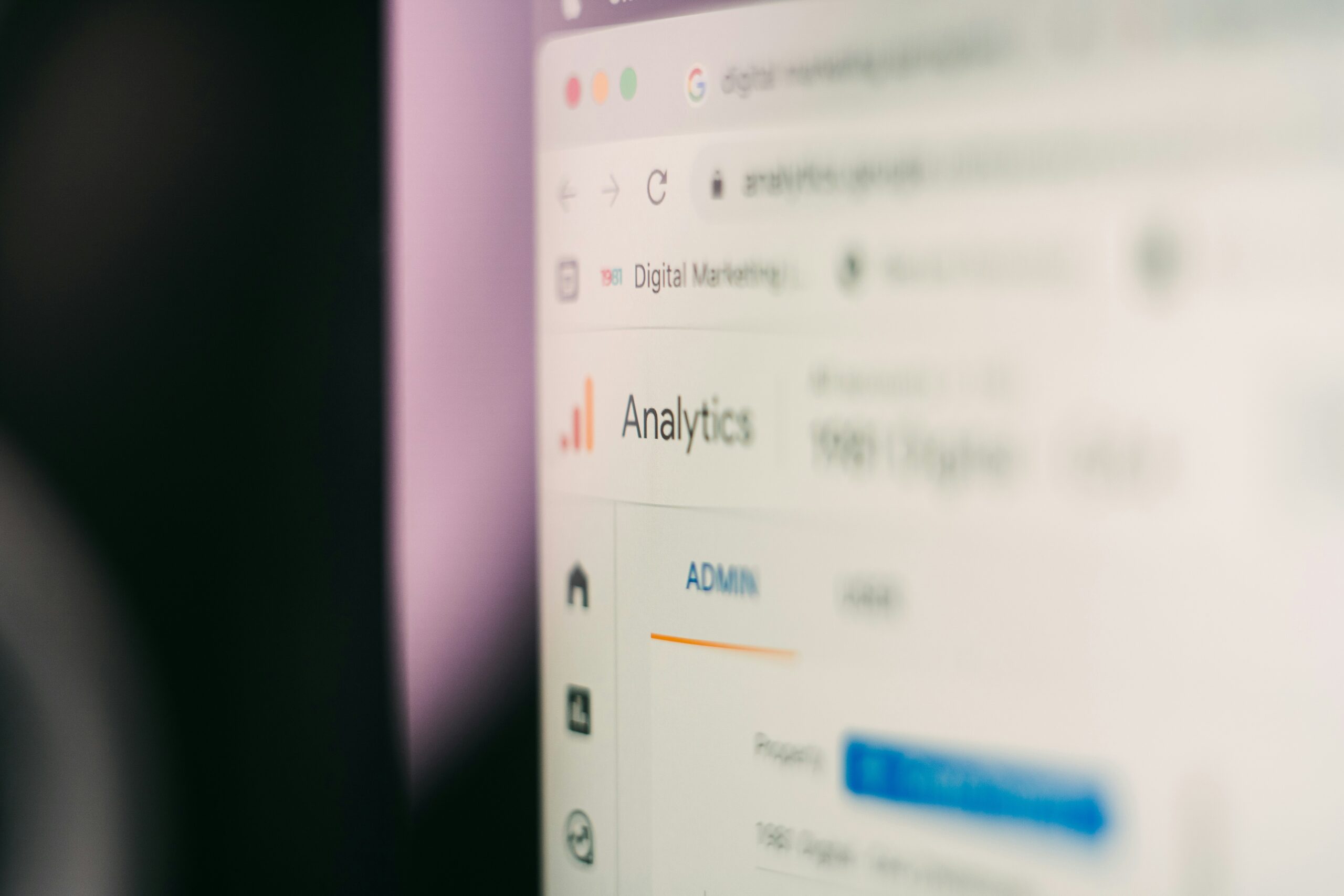
redictive analytics uses historical and behavioral data to forecast what leads are most likely to convert or churn. This empowers teams to act early, rather than waiting for trends to emerge through trial and error. Funnel performance improves when strategy is guided by probability rather than guesswork. Predictive scoring helps sales reps prioritize top-value leads while automation targets risky segments with retention offers. Machine learning models detect subtle patterns that would otherwise go unnoticed. Forecasting also improves resource allocation across campaigns and channels. When predictive insights are integrated into day-to-day workflows, growth becomes more consistent and efficient.
Lead Scoring That Predicts Future Conversions
Predictive lead scoring assigns value based on behavior, demographics, and interaction patterns. It goes beyond traditional rule-based models by learning from past conversions to spot signals that lead to purchase. High scores prioritize leads for immediate follow-up while lower scores may trigger automated nurturing. Inputs can include email activity, page views, form fills, and lifecycle stage. The model adapts as more data is collected, improving over time. This process streamlines pipeline focus and reduces time wasted on unqualified leads. Predictive scoring aligns resources with the highest potential. It helps close more deals with less manual sorting.
Forecasting Sales Outcomes and Revenue Flow
Forecasting tools analyze historical conversion patterns and current pipeline behavior to project future revenue. These insights help plan hiring, budget, and campaign schedules. Teams can detect dips or surges before they happen and prepare accordingly. Forecasts can be segmented by region, funnel stage, or lead source for more granularity. Real-time updates adjust projections as new leads enter the funnel. This flexibility supports agile decision-making. Forecast reliability increases as model accuracy improves. Proactive planning allows businesses to scale smoothly without reactive scrambling.
Churn Prediction to Reduce Revenue Loss
Churn prediction models flag leads or customers likely to disengage before they disappear. These models track behavioral drop-offs, usage declines, and support trends. Alerts can trigger automated outreach, such as re-engagement emails or personalized retention offers. Sales or success teams may also receive priority lists for manual follow-up. Segmenting churn risk helps tailor tactics for different customer groups. Tracking churn signals at each stage improves both retention and onboarding flows. Stopping churn early protects long-term revenue. It also boosts overall funnel health by maintaining a steady base of loyal users.
How to Implement and Measure Sales Funnel Analytics for Continuous Improvement?
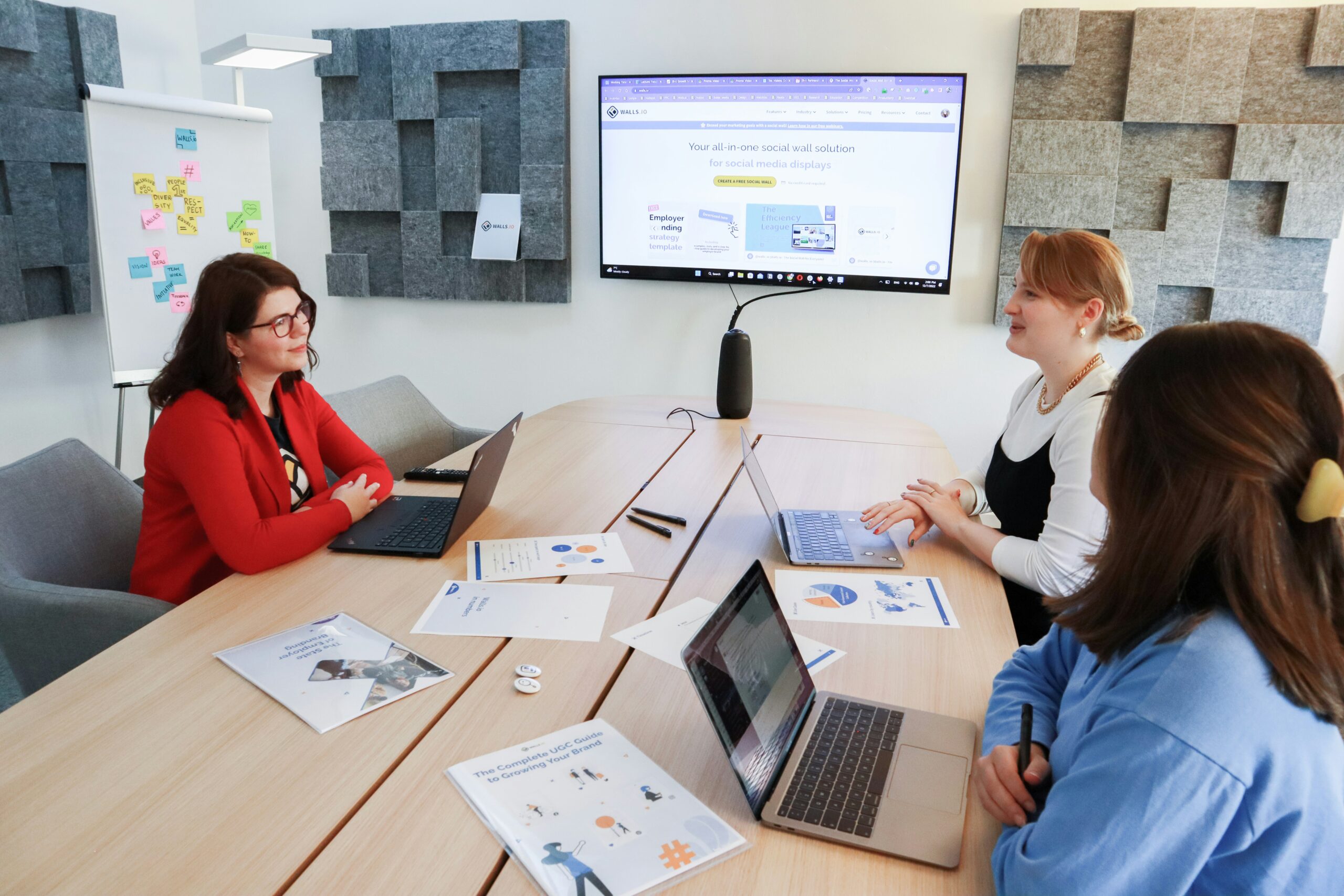
Setting up and refining sales funnel analytics is not a one-time task—it’s an ongoing process. From implementation to iteration, every step must focus on consistency, data clarity, and actionable reporting. Proper funnel tracking starts with clearly defined stages, followed by applying tools that collect accurate, real-time data. Custom KPIs should reflect both short-term conversions and long-term value. Dashboards and reports must be accessible to both sales and marketing teams. Regular performance reviews help identify weak points and adapt quickly. The more structured and transparent the process, the more sustainable the improvements become.
Defining Stages and Tracking Across the Funnel
Each funnel stage must have a specific definition tied to measurable actions. Awareness might be defined by first visits, while Purchase could be tracked by completed transactions or form submissions. Assign unique tags and triggers within your website and email tools to monitor these stages. Use analytics software to collect and organize the data into one central platform. Avoid overlapping stage definitions to ensure clean reporting. This structure enables accurate attribution and reveals where drop-offs occur. Clearly marked stages are the foundation for actionable insights. With proper setup, teams can track progress and pivot faster.
Building Real-Time Dashboards and Funnel Reports
Effective dashboards give teams a snapshot of the funnel at any moment. Use visual indicators to track conversion rates, drop-offs, and stage velocity. Include filters for campaign, source, and timeframe to dig into specifics. Trendlines help visualize changes in CAC, CLV, or deal size over time. Funnel charts clarify movement stage-by-stage, showing where prospects slow down. Alerts can notify teams of KPI shifts or abnormalities. Reports should be shareable and updated automatically to encourage consistent review. Real-time visibility keeps teams aligned and responsive. Dashboards turn raw data into ongoing decisions.
Continuous Review and Iteration for Better Results
Funnel analytics should feed directly into your improvement cycle. Weekly reviews highlight tactical issues, while monthly and quarterly audits uncover strategic adjustments. Monitor performance by segment to detect patterns and prioritize fixes. Use A/B test data to validate changes before rolling out new tactics. Retest periodically as behavior evolves. Track tool accuracy and update models regularly to reflect new data inputs. Align cross-team goals around funnel health and assign ownership for stage-specific KPIs. Improvement only happens when analytics drive action. The feedback loop must stay active to ensure growth remains steady.
Frequently Asked Questions
How does Nurture Machine help reduce Customer Acquisition Cost (CAC)?
Nurture Machine helps reduce CAC by automating lead segmentation and nurturing across channels like email, SMS, and push notifications. By targeting the right audience with relevant, behavior-driven content, the platform increases conversion efficiency—allowing you to get more value out of each campaign without increasing spend.
What types of analytics dashboards does Nurture Machine offer?
Nurture Machine provides real-time, customizable dashboards that track key funnel metrics like conversion rates, engagement activity, and churn risk. These dashboards give businesses a visual overview of their marketing performance and help uncover bottlenecks and growth opportunities throughout the customer journey.
Can Nurture Machine predict which leads are most likely to convert?
Yes. Nurture Machine uses predictive analytics to score leads based on behavioral and demographic data. This enables sales and marketing teams to prioritize high-value prospects and trigger personalized automations, improving both conversion rates and sales cycle efficiency.
Does Nurture Machine support personalized marketing automation?
Absolutely. Nurture Machine enables dynamic content delivery and automated workflows tailored to each user’s actions—like sending follow-ups after a site visit or re-engagement campaigns based on inactivity. This kind of personalization boosts engagement and helps move leads smoothly through the funnel.
How does Nurture Machine support omnichannel marketing campaigns?
Nurture Machine allows businesses to manage email, SMS, and push campaigns from a single platform. By unifying touchpoints across these channels and syncing with CRM data, it ensures consistent, well-timed messaging throughout the funnel, which supports higher retention and conversion.
Conclusion
Your sales funnel is only as strong as the insights you extract from it. By combining clear metrics, personalized automation, and predictive intelligence, you can convert more leads, reduce acquisition costs, and build lasting customer relationships. The process isn’t static—it evolves with each data point and every customer interaction. With the right strategy and tools in place, optimizing your funnel becomes a continuous path to better performance and higher ROI. Start by tracking what matters, automating where it counts, and letting your data guide the way forward.






